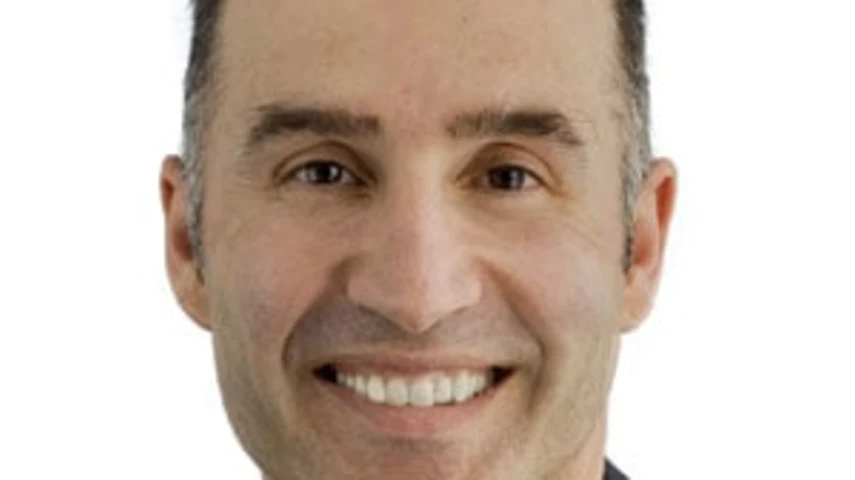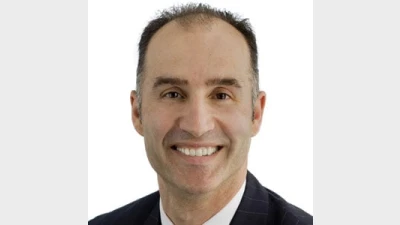If insurance was free, would there still be an underinsurance problem?



Even if price wasn’t a factor, AMP’s Chris Kirby argues that Australia would still have an under-insurance problem. This is why it is the industry’s job to kill preconceptions and engage clients.
Let me start out by asking a controversial question – if insurance was free, would we still have a problem with under-insurance in Australia?
The reason I pose this question is I’m just not sure that cost is the sole objection consumers have to insurance.
After 25 years of working in the insurance industry, my feeling is that even if insurance was free, we would still have an under-insurance problem in this country.
The reason is simple: consumers are not engaged. Consumers don’t see insurance as something they need because as an industry we haven’t effectively communicated the reasons why insurance is important; its purpose, need, value and relevance.
The starting point of effective consumer engagement must be to simply and concisely explain the purpose of insurance.
We are often guilty of diving straight into complex product details and technical solutions rather than simply explaining the purpose of insurance as part of the overall financial planning strategy.
Insurance is about protecting people and their families from the known financial outcomes should an unforseen event happen.
If people don’t have the financial capacity to manage should the event occur, they need to consider insurance. We have a general consensus on this statement.
But consumers generally have preconceptions when it comes to needing insurance. Clearly they see a need for insurance when they believe there is a strong likelihood of an event occurring.
The logic is hard to argue against. “Why would I buy something that I won’t need or am unlikely to claim against”? The problem with this position is that consumers insure against the events they see as more likely to happen, as opposed to those events that are less likely to happen – yet the latter have the greatest financial impact.
Risk and financial impact are often inverse. Let me explain. I insure my car because there is a high chance that someone will dent my car. Yet the cost to insure is relatively high and the potential claim may only be a few thousand dollars.
Conversely, I don’t insure my life because I am in good health and I see the chance of falling ill or dying as very small. However, the relative cost of life insurance is low, and more importantly, the financial impact of death is likely to be in the hundreds of thousands, if not millions of dollars.
Without knowing it, consumers are “self-insuring” against the events that they have no possible means of financially managing. We must challenge this preconception.
Value depends on a consumer’s personal circumstances.
If something is seen as valuable, the purchasing decision is easy. The most persuasive argument I can put forward to demonstrate the value of insurance is to have them understand that ultimately insurance is about protecting what they value the most – health, family, and lifestyle.
A sobering report from the Australian Bureau of Statistics put this argument into perspective.
The report provides insight into the financial stress of various groups in the Australian community and is based on simple measures such as the inability to pay bills, go on holiday and buy new cloths.
The greatest level of financial stress was lone parents with dependent children, and the group with the greatest proportion of households in the higher stress category was that of households principally dependent on unemployment, education and sickness allowances.
The outcomes paint a bleak picture; consumers without adequate personal insurance risk everything they value.
Demonstrating relevance is the final step in effective consumer engagement. If insurance can be seen as personally relevant, then deep-seated objections can be challenged and overcome.
It’s important to understand that demonstrating relevance is not about proving that “it will happen”, but rather challenging consumers as to “what are they going to do if it does happen?”
Relevance is about proving that you have an effective and tailored “Plan B”. That insurance, or risk transfer, is the most logical and cost-effective strategy to financially protect them.
A realistic conversation around what the consumer thinks is their Plan B, such as selling the family home, using savings, relying on the disability support pension, access to superannuation and moving in with family, will help uncover the pitfalls and problems and help construct a relevant insurance solution.
As a final thought, insurance does more than just protect our tangible assets, it protects our most finite and precious resource – time.
Consumers should reflect upon the fact that they spend considerable time and energy creating assets, which will be eroded or lost very quickly in the event of death, disability or major illness.
To put this in perspective, recent reports indicate that Australians are saving about 10 per cent of their income.
However, without income protection cover these savings would be eroded 10 times faster than they were saved.
Having insurance means the time consumers spend accumulating assets does not have to be repeated if the unforseen happens.
How long have they been paying the mortgage on their home versus how long before a bank forecloses if they died and their spouse had to manage?
How long have they worked to make their business profitable versus how long would the business continue to operate if they were totally and permanently disabled?
How long did they invest in going to university to have the best career prospects versus what would their income be if they were disabled and relied on government support only?
All sobering thoughts.
Chris Kirby is AMP’s head of technical strategies for retail wealth protection.
Recommended for you
The Federal Court has dismissed a conflicted remuneration case brought by ASIC against the director of life insurance distributor Freedom Group, where Bali holidays and Vespa purchases were among sales incentives.
Policy and advocacy specialist Benjamin Marshan has left the Council of Australian Life Insurers after less than a year, having joined in March from the Financial Planning Association of Australia.
The declining volume of risk advisers meant KPMG has found a rising lapse rate for insurance policies arranged by independent financial advisers, particularly in the TPD and death cover space.
The Life Insurance Code of Practice has transferred from the Financial Services Council to the Council of Australian Life Insurers.










